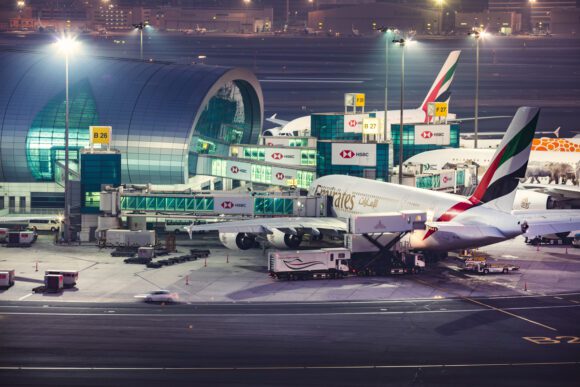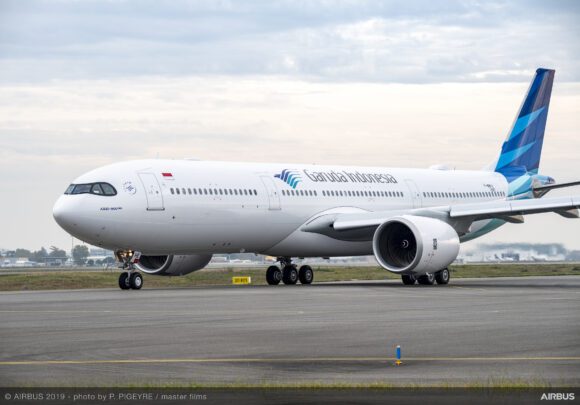Etihad announced another loss-making year on March 14. It ended 2018 at $-1.28bln, which is a slight improvement on the $1.52bln loss the previous year.
The second year of its transformation program saw its core operating performance improve by 15 percent, 7 percent more than expected. But as its main competitor Emirates, Etihad was hit by challenging market conditions within the UAE and higher fuel costs. Revenues were down from $6.0bln to $5.86bln. Passenger revenues were identical at $5bln, although pax numbers were down from 18.6mln to 17.8mln. Seat factor was down to 76.4 percent from 78.5.
Cargo revenues were also lower from $877mln to $827mln.
Etihad was able to reduce unit costs by 3 percent or $416mln to $6.9bln, but this only partly compensated for the increase of 31 percent in fuel costs. The airline reduced capacity by 4 percent from 115 to 106 aircraft). Staff and administration costs were also lower after reductions.
Group CEO Tony Douglas didn’t provide any 2019 guidance, but the third year of its transformation program sees a further update to Etihad’s long-term strategy. Etihad has revised its fleet plans by cancelling 40 Airbus A350-900s, while confirming it will take delivery of 5 -1000s, 26 A321neo’s and 6 Boeing 777-9s.
Etihad Airbus A380 in Abu Dhabi. (Richard Schuurman)
Views: 0




